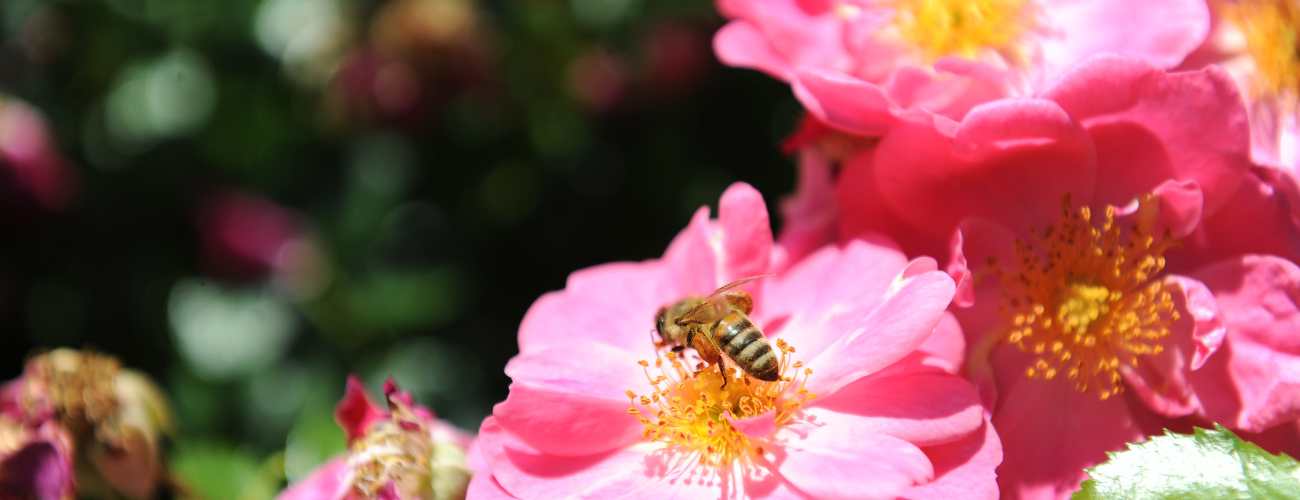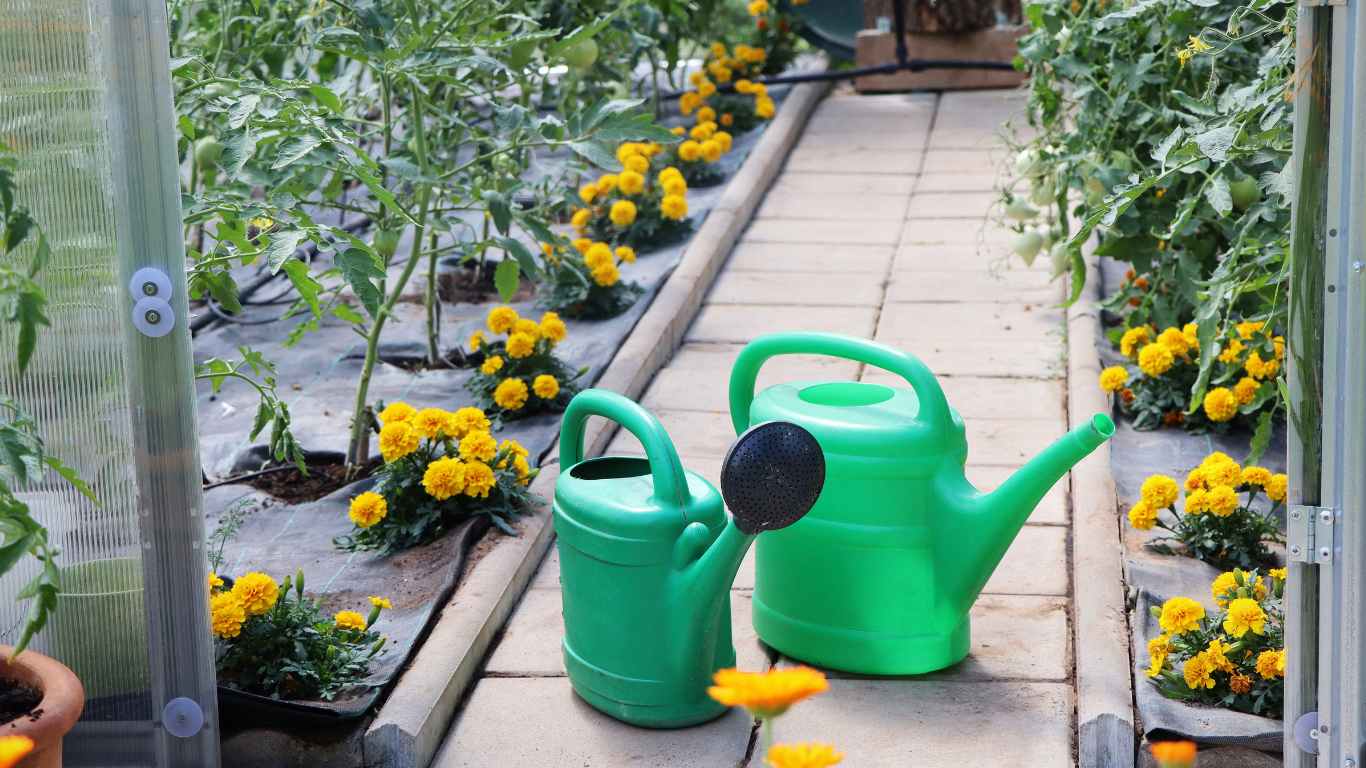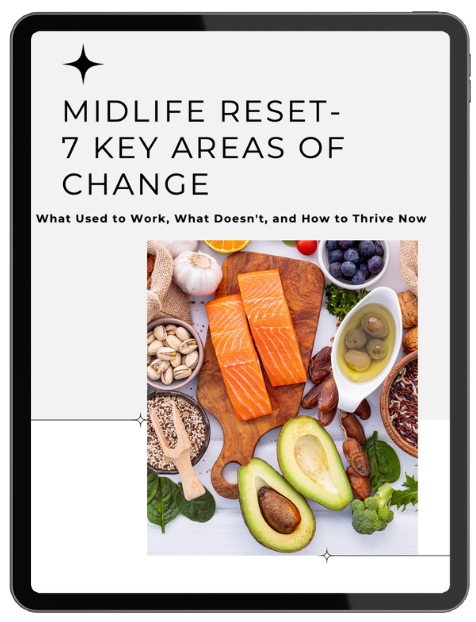Are you looking to take your vegetable garden to the next level? Well, I’ve got a brilliant idea for you-incorporating flowers into your veggie patch! Yes, you heard that right. Flowers aren’t just for ornamental gardens; they can add beauty and function to your vegetable haven.
In this blog post, I’ll show you how to create a harmonious and productive space by combining flowers’ magic with veggies’ practicality. So, grab your gardening gloves and let’s dive right in!
1. The Power of Flowers in Your Veggie Patch
Picture this: a delightful kaleidoscope of colours dancing amidst your rows of tomatoes and beans.
Flowers don’t just look pretty; they can play a crucial role in boosting the health and productivity of your vegetable garden.
When you introduce flowering plants into your veggie patch, you’ll attract a whole army of beneficial insects and pollinators that’ll gladly work their magic for you. Bees, butterflies, and other pollinators will flit from bloom to bloom, ensuring your veggies set fruit and thrive.
2. Designing Your Floral Veggie Haven
Now that you know the perks of integrating flowers into your vegetable garden, it’s time to put your creativity to work. Start by selecting the right flowering plants that complement your veggies.
For instance, marigolds are excellent companions for tomatoes, as they repel harmful insects and nematodes. Nasturtiums add a pop of colour and deter aphids and caterpillars from munching on your precious greens.
But it’s not all about pest control. Flowers can also provide shade and wind protection for your sensitive veggies. Sunflowers make fantastic natural windbreakers, shielding your delicate lettuce and spinach from harsh gusts.

3. The Art of Companion Planting
Ah, companion planting-the age-old gardening technique like matchmaking for plants. Certain flowers and veggies have a special bond, and when you bring them together, it’s pure magic. Take basil and tomatoes, for example. They make an inseparable duo. Basil enhances the flavour of tomatoes and helps keep pests away. It’s a win-win situation for both.
And let’s not forget the three sisters-corn, beans, and squash. They form a harmonious trio that supports and nurtures each other when planted together. The tall cornstalks provide a natural trellis for the climbing beans, while the squash acts as a living mulch, keeping the soil moist and suppressing weeds.
4. Flowers That Pull Double Duty: Edible Blooms
Wouldn’t it be fantastic to grow flowers that look fabulous and can be plucked straight from the garden and added to your dinner plate?
Enter edible flowers! Incorporating these delightful blooms into your vegetable garden adds a gourmet touch to your meals. Imagine a salad adorned with pansies, nasturtiums, and borage flowers-now that’s a feast for the eyes and the taste buds!
5. Sustainable Gardening: Promoting Biodiversity
As responsible gardeners, we must play our part in promoting biodiversity and supporting our ecosystem.
By planting diverse flowers alongside our veggies, we create a haven for beneficial insects, birds, and other wildlife. This balanced ecosystem helps keep pests in check naturally, reducing the need for harmful chemicals.
Plus, it’s rewarding to know that you’re contributing to preserving our planet’s precious biodiversity.
6. Extending the Bloom: Seasonal Flower Selection
While incorporating flowers into your vegetable garden might conjure images of vibrant summer blooms, the beauty doesn’t have to end when the temperatures drop.
Extend the bloom season by carefully selecting flowers that thrive during different times of the year. Consider planting early spring bulbs like crocuses and tulips to welcome pollinators as soon as the weather warms up. Embrace the fall with charming chrysanthemums, adding warmth and colour to your garden as the days grow shorter.
Moreover, don’t forget the power of perennial flowers! These hardy beauties come back year after year, saving you time and effort on replanting. Irises, daylilies, and coneflowers are perennials that can add lasting charm to your vegetable garden.
7. Supporting Our Pollinator Pals: Creating a Bee-Friendly Garden
Bees are the unsung heroes of the garden, tirelessly pollinating our crops and ensuring a bountiful harvest. However, these essential pollinators are facing challenges in their natural habitats. You can do your part by creating a bee-friendly garden that provides them with the food and shelter they need.
Choose a variety of flowers that attract bees and other pollinators. Some bee favourites include lavender, bee balm, and zinnias. Plant these flowers in clusters to make bees’ forage easier. Avoid harmful pesticides and opt for natural alternatives to protect your pollinator pals.
To take it further, consider installing a bee hotel or nesting boxes for solitary bees. These little insects are excellent pollinators and could use a helping hand in finding safe places to lay their eggs.

8. A Pop of Colour: The Psychology of Floral Design
Gardening is not just about plants; it’s also an art form. The colours you choose and how you arrange your flowers can profoundly impact the overall ambience of your vegetable garden. Understanding the psychology of floral design can help you create a space that evokes the right emotions and sets the perfect tone.
Warm colours like red, orange, and yellow can add vibrancy and energy to the garden. In contrast, cool colours like blue and purple create a sense of calm and tranquillity. Consider the mood you want to set and select flowers accordingly. Mix and match different colours to create eye-catching displays and focal points in your garden.
Remember, floral design is not limited to flower beds alone. Get creative with container gardening and hanging baskets to add a vertical dimension to your vegetable haven. Let your imagination run wild, and soon you’ll have a garden that’s visually appealing and emotionally uplifting.
Conclusion
There you have it; integrating flowers into your vegetable garden is a smart and beautiful way to enhance your outdoor space’s aesthetics and functionality. The possibilities are endless, from attracting pollinators and beneficial insects to creating a symbiotic relationship through companion planting.
So, roll up your sleeves and embark on this floral veggie adventure. Choose your favourite flowers, experiment with companion planting, and don’t forget to indulge in some edible blooms along the way. Let’s cultivate a garden that’s a feast for the eyes and a haven for Mother Nature.



